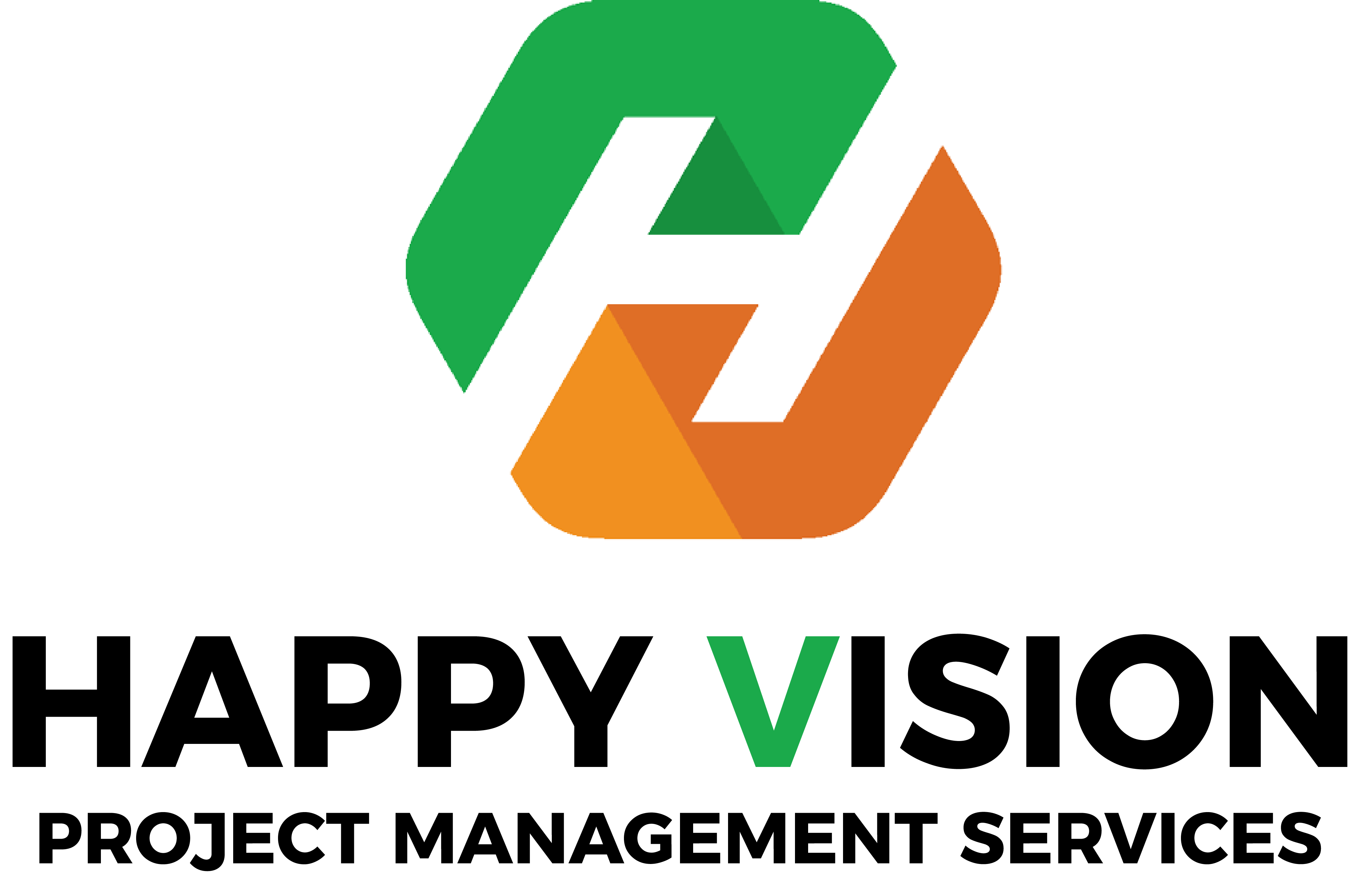- Have any question?
- +971 52 7109733
- +971 55 2761251
- info@happyvisiont.com
Solar-Powered Agriculture: Cultivating Sustainable Solutions
HEADLINE: NasDem dan PKB Bikin Koalisi Prabowo-Gibran Gemuk, Sehat untuk Demokrasi?
April 26, 2024Şişli Duşa kabin Tamiri
April 27, 2024Solar-Powered Agriculture: Cultivating Sustainable Solutions
Agriculture is a vital sector that sustains livelihoods and feeds communities, yet it is also highly vulnerable to climate change and energy constraints. Go Pink Solar is revolutionizing agriculture with solar-powered solutions that enhance productivity, conserve resources, and promote sustainability in farming practices.
One of the primary ways Go Pink Solar supports agriculture is through the deployment of solar-powered irrigation systems. These systems use solar energy to power water pumps or drip irrigation systems, delivering water directly to crops with minimal waste. By harnessing solar energy, these irrigation systems enable farmers to increase crop yields, conserve water resources, and mitigate the impacts of drought on agricultural production. Solar-powered irrigation contributes to food security, poverty reduction, and sustainable development in rural communities.
Moreover, Go Pink Solar promotes the integration of solar-powered farming equipment and machinery that reduce reliance on fossil fuels and improve energy efficiency in agricultural operations. Solar-powered tractors, harvesters, and threshers use photovoltaic panels to generate electricity, eliminating the need for diesel or gasoline engines and reducing carbon emissions and air pollution. By harnessing solar energy, these farming equipment provide a clean, renewable, and cost-effective alternative to traditional farming practices, enhancing productivity and sustainability in agriculture gopinkrichmond.
Furthermore, Go Pink Solar supports the implementation of solar-powered cold storage and food processing facilities that extend the shelf life of agricultural produce and reduce post-harvest losses. Solar-powered cold storage units use solar energy to power refrigeration and preservation systems, maintaining optimal temperature and humidity conditions for storing fruits, vegetables, and other perishable goods. Solar-powered food processing facilities use solar energy to power milling, drying, and packaging equipment, adding value to agricultural products and creating market opportunities for farmers. By harnessing solar energy, these facilities improve food security, reduce food waste, and increase income for smallholder farmers.
In conclusion, Go Pink Solar’s initiatives in solar-powered agriculture are transforming the way we farm, promoting sustainability, resilience, and prosperity in rural communities. By harnessing solar energy to power irrigation, farming equipment, and food processing facilities, they are enhancing productivity, conserving resources, and improving livelihoods for farmers around the world. Through collaboration with agricultural stakeholders, governments, and development partners, Go Pink Solar is helping to build a more food-secure, sustainable, and resilient future for agricultural communities.
Solar-Powered Disaster Recovery: Building Back Better with Renewable Energy
Natural disasters can cause widespread destruction and disruption, leaving communities in urgent need of recovery and rebuilding efforts. Go Pink Solar is leading the way in disaster recovery with solar-powered solutions that promote resilience, sustainability, and community empowerment in the aftermath of disasters.
One of the primary ways Go Pink Solar supports disaster recovery is through the deployment of solar-powered infrastructure for rebuilding critical services and facilities. Solar-powered schools, hospitals, and community centers provide access to essential services such as education, healthcare, and emergency shelter, while reducing dependency on fossil fuels and enhancing resilience to future disasters. By harnessing solar energy, these facilities ensure continuity of services and support long-term recovery efforts in disaster-affected areas.
Moreover, Go Pink Solar collaborates with local governments and communities to implement solar-powered housing solutions that provide safe, sustainable, and affordable housing for displaced populations. Solar-powered homes and buildings use passive solar design, solar heating, and photovoltaic systems to reduce energy consumption, lower utility costs, and minimize environmental impact. By harnessing solar energy, these housing solutions create resilient and livable communities that are better prepared to withstand future disasters and adapt to changing climate conditions.
Furthermore, Go Pink Solar supports the integration of solar-powered resilience hubs and community centers that serve as centralized locations for emergency supplies, communication, and coordination during disasters. These hubs are equipped with solar panels, battery storage, and communication equipment, allowing them to operate independently of the grid and provide essential services to residents in times of crisis. By harnessing solar energy, these resilience hubs support community preparedness, response, and recovery efforts, helping to mitigate the impacts of disasters and strengthen community resilience.
In conclusion, Go Pink Solar’s initiatives in solar-powered disaster recovery are building back better and stronger communities in the aftermath of disasters. By harnessing solar energy to rebuild critical infrastructure, provide sustainable housing, and establish resilience hubs, they are promoting resilience, sustainability, and community empowerment in disaster-affected areas. Through collaboration with governments, NGOs, and local communities, Go Pink Solar is helping to create a more resilient and sustainable future for all.
